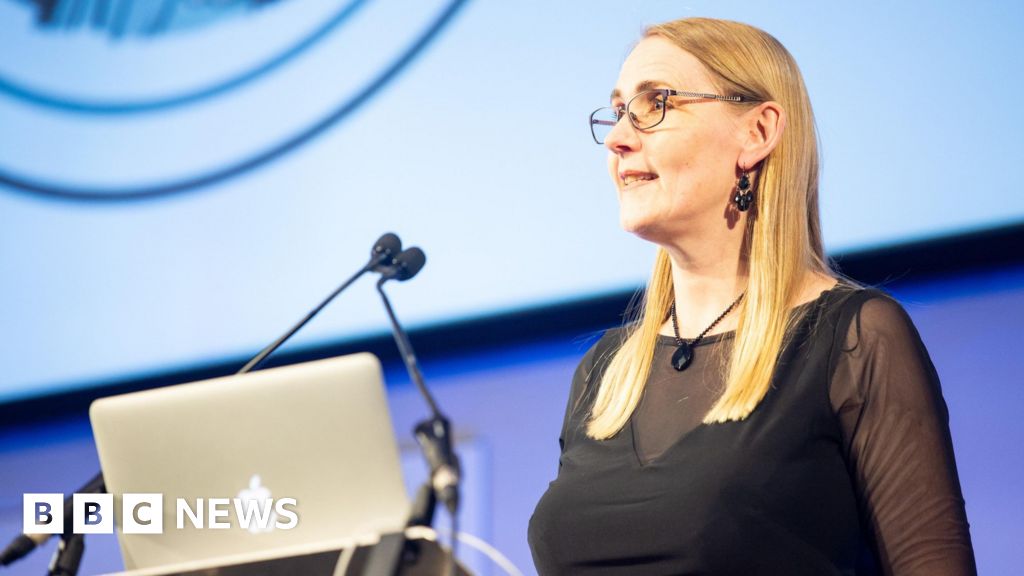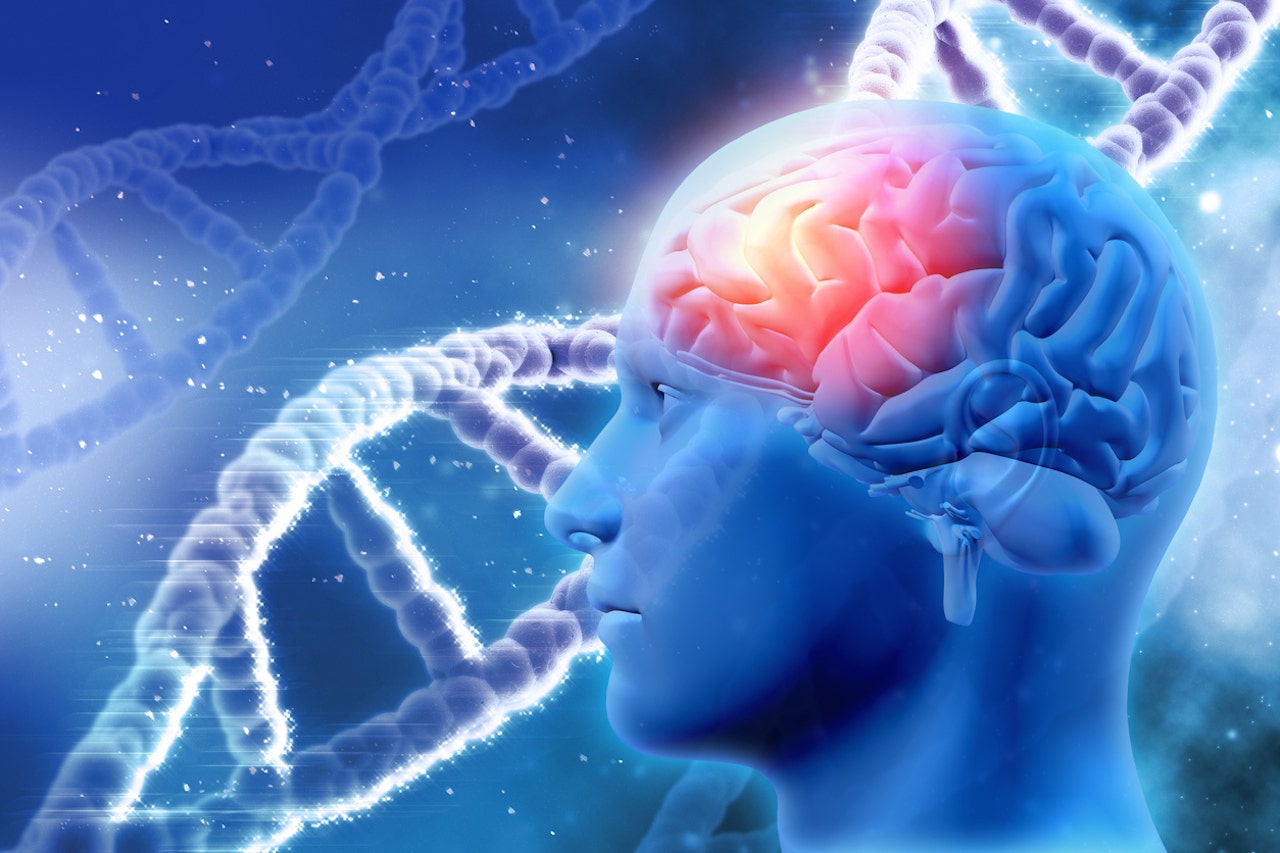The sweet, small, beautiful god with the head of an elephant will arrive in many homes today. Ganesh Chaturthi is the start of the 10-day festival of Lord Ganesha, one of the most loved and widely worshipped Gods. He is the ‘Sukha-karta’ whose blessings bring in happiness and remove obstacles in new ventures. As a deity, Ganesha is worshipped first to get the desired results from any ritual.
Indian scriptures tell us He destroys obstacles — and also places them in our way when what we want to achieve could bring us danger. To give a crude example, praying to Him can make us miss a flight that is fated to crash. As Vighna-karaka (cause of obstacles) — which is more than a Vighna-harta (destroyer of obstacles) — His blessings include ostensible obstacles for the sake of our safety and to prevent us from wasting time in unnecessary distractions.
By worshipping Him, we invoke both the Vighna-harta and Vighna-karta (destroyer and creator of obstacles).
ALSO ASK GANESHA TO BE LED TO PEACE
Cambridge dictionary defines peace as “the state of not being annoyed by worry, problems, anxiety.” So, what hinders this peace? Indian scriptures outline three kinds of miseries (tapa-traya) as:
Adhibhautik – pain caused by living beings like enemies or wild animals,
Adhyatmik – diseases, mental anguish, worries, attachments, aversion, etc., and
Adhidaivika – suffering due to natural calamities, mishaps, fate.
Peace occurs when we gain the capacity to remain unaffected, on a continuous basis, by any of these miseries. This usually requires an inner experience of Kaivalya. Patanjali intends kaivalya to mean a higher awareness, a release from ignorance and the suffering it causes.
The entire purpose of Yoga is to reach this state of kaivalya by controlling the mind.
Obstacles In The Path of Yoga
The Yogi is able to remain unaffected by life’s happenings and recover soon enough. Often, those who practise Yoga live in a state of happy forgetfulness — and yet, operate at high efficiency because Yoga also leads to Perfection.
However, it is not as if the path of Yoga does not have its own challenges.
Hatha Yoga Pradipika mentions six detriments to Yoga, ‘Baadhak Tattvas’, which weaken the Yoga practioner’s resolve. These factors are:
• Excessive eating (directly causes laziness and disease);
• Excessive physical effort including travel (depletes strength);
• Excessive talking (wastes energy);
• Fanaticism about following procedures (disturbs tranquility of mind);
• Keeping wrong company (creates unnecessary doubts in one’s faith), and
• Fickleness (disturbs consistency and sustained efforts).
Patanjali Yoga Sutra also mentions obstacles to progress in Yoga as ‘Chittaviksepah te antarayah’ and these are:
• Disease
• Lacking motivation to right action
• Doubt and indecision
• Forgetfulness of purpose or delusion,
• Dullness or lack of energy
• Proneness to sensuality
• Mistaken perception
• Inability to maintain the progress attained
• Inability to progress, scattered mental and emotional energy
Patanjali further adds Sahabhuva (additional obstacles) — Pain or distress, Depression, Nervousness, and Irregular breathing — that arise from a distracted mind. Patanjali’s panacea to overcome these obstacles is Ishvara-Pranidhana — that is, connecting with the Divine and surrender at every step, for each decision and action.
Taking Ganesha’s Help
“These obstacles can be overcome in meditation and on the journey towards Jnana, knowledge, with the grace of Ganapati,” says Dr Melukote K Sridhar, Pro-VC, SVYASA Yoga University, and an awarded Sanskrit scholar.
“Establish Ganapati in the heart-centre or the brow-centre and chant the ‘Ganesh Atharvashirsha stotra’ for the fulfilment of all worldly and spiritual desires.” This practice is more powerful in the period of Ganapati festival, he explains, and especially recommends trying chanting it 1,000 times.
Ganesha is connected to all the eight limbs of traditional Yoga — from Yama-Niyama, right up to Dhyana and Samadhi — as per the reputed Vedacharya and guru, David Frawley. “Ganesha rules over all the principles of nature including the gunas, elements, sense and motor organs, as well as functions of the mind…. He governs secret and esoteric knowledge as well,” he reveals.
ON THE YOGIC PLANE, WORSHIP YOGA GANAPATI
The Ribhu Gita has spoken of Vinayaka as ‘the dispeller of all impediments to freedom’ (where freedom refers to ‘mukti’, liberation).
According to noted spiritualist and Yogi Dr K Sivananda Murty, “Ganesha rules the Muladhara chakra or Root chakra located at the base of the spine. It is by His grace alone that a man can elevate his body consciousness to higher levels of consciousness. Any spiritual experience is essentially based on the release from the body consciousness. It is the ego, the self — not the mind — that gets disengaged from the body.
“Worship Yoga Ganapati externally on the material plane. On the Yogic plane, worship Ganesha within. This is done by meditation, by applying the mind in concentrating on his form, consciously chanting his Mantra ‘Gam Ganapataye Namah’. This way, one’s own efforts to elevate one’s consciousness are aided and graced by Ganesha. The Yoga Ganapati form of Ganesha is worshipped for practising Yoga,” the guru revealed.















































